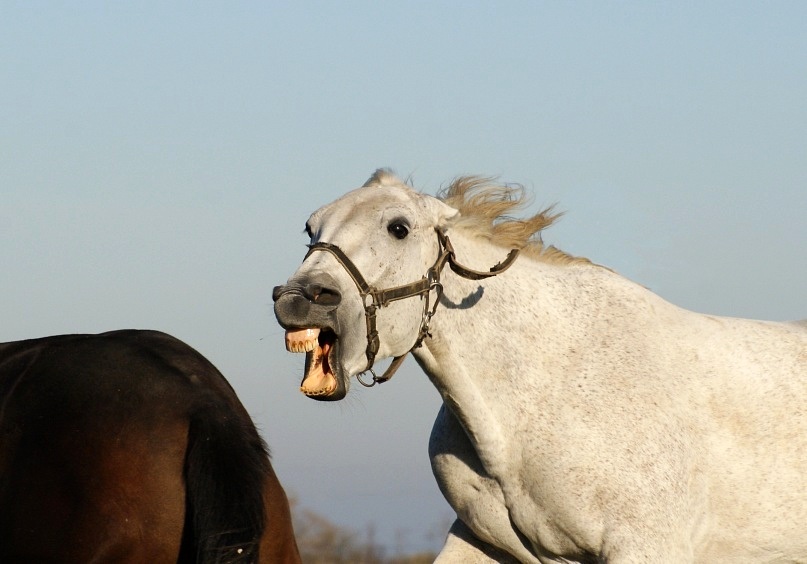The standing martingale is a piece of tack that has been used since the Middle Ages. It is used to help prevent a horse from throwing its head up or to help correct an unbalanced horse. But are standing martingales good or bad? This article will explore the pros and cons of using standing martingales and offer advice on when and how to use them.
What is a Standing Martingale?
A standing martingale is a piece of tack that is used to help control a horse’s head. It is usually made of leather or webbing, and it attaches from the girth to the noseband of the bridle. It has a loop or ring at the bottom that the reins can be threaded through, and then the reins can be used to apply pressure to the noseband. This pressure helps to keep the horse’s head in a lower position and can help prevent the horse from throwing its head up.
Pros of Using a Standing Martingale
There are several benefits to using a standing martingale. The most obvious is that it can help to prevent a horse from throwing its head up and becoming unbalanced. This is especially useful for horses who tend to be unbalanced or have a tendency to hold their heads too high.
Another benefit is that it can help to encourage a horse to lower its head and engage its hind end. This can be especially helpful for horses who are learning how to carry themselves correctly and for horses who struggle to keep their heads down and their hind ends engaged.
Finally, it can be used to help teach a horse how to yield to pressure and how to balance itself. Using a standing martingale can be a useful tool for teaching a horse to respond to light pressure and to carry itself in a balanced, correct way.
Cons of Using a Standing Martingale
There are also several drawbacks to using a standing martingale. The most obvious is that it can be overused and can cause a horse to become too dependent on it. This can lead to the horse becoming unbalanced and “leaning” on the martingale, rather than learning to balance itself.
Another potential issue is that it can restrict a horse’s movement. A standing martingale can interfere with a horse’s ability to move its head freely and to engage its hind end. This can make it difficult for a horse to perform certain movements, such as turns or jumping.
Finally, a standing martingale can be dangerous if used incorrectly. It can cause the horse to become tangled in the reins, which can lead to falls or other accidents.
When and How to Use a Standing Martingale
If you decide to use a standing martingale, it is important to do so safely and responsibly. It should only be used for short periods of time, and it should be used in conjunction with other training methods.
It is also important to make sure that the martingale is fitted correctly. The martingale should be adjusted so that there is just enough pressure to keep the horse’s head in a lower position, but not so much pressure that the horse is uncomfortable or restricted in its movement.
Finally, it is important to be aware of the potential risks of using a standing martingale and to use it responsibly. If used correctly, a standing martingale can be a useful tool for helping a horse learn to carry itself correctly and to respond to light pressure. However, if used incorrectly or overused, it can be dangerous and can lead to unbalanced riding or accidents.

